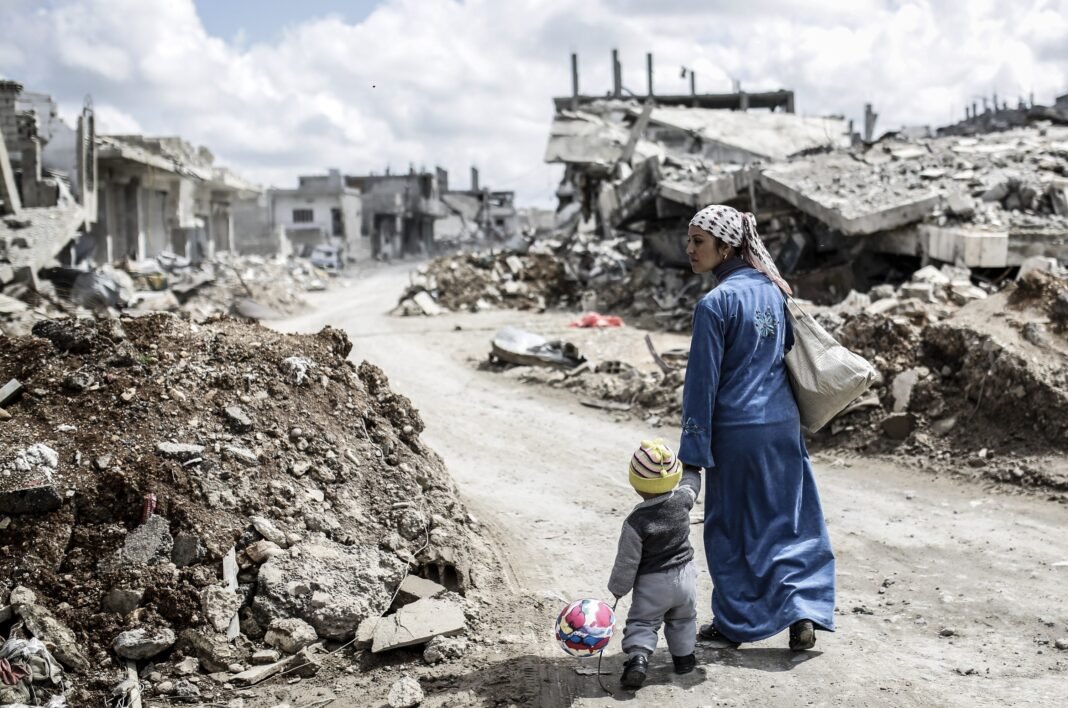New York, 5 March 2024 (TDI): The Crisis in Syria has entered its 14th year and has grappled the country with catastrophes of unimagined scale, with a new emerging crisis taking a toll on the people in the country.
Displacement, economic inequality, worldwide inflation and the acceleration of hostilities coupled with the aftereffects of the earthquake that struck Türkiye and Syria, are just a handful of challenges that the country is faced with.
The number of people in Syria who are in need of humanitarian assistance has increased from 15.3 million to 16.7 million since 2023. 268 out of the 270 sub districts are considered as being under severe or extreme conditions.
Multiple calamities in Syria
The crisis in Syria continues to rise without a stop. Children continue to be killed and women and girls live with the fear for their safety. Also, 7.2 million people in the country remain displaced, a lot of whom live in overcrowded camps.
From the 1st of January to the 31st of October 2023, 454 civilians, including 88 women and 115 children, have been killed as a consequence of violence.
Moreover, the February 2023 earthquakes in northern Syria and Türkiye, have exacerbated the level of suffering to an already present catastrophic condition. In the aftermath of the earthquake in Syria, 6,000 people died whereas 12,800 people were injured.
Recovering from the impact of the earthquake would require long term funding and enhanced emergency preparedness.
Furthermore, active hostilities and military operations, which includes artillery shelling and airstrikes, especially in areas of mixed or contested control in the frontlines, continues to halt humanitarian access.
In October of 2023, northern Syria and the Deir ez Zor Governorate observed the most extreme escalation of hostilities since 2019. This resulted in the temporary displacement of more than 153,000 people in northwest Syria.
Altogether, 25 attacks on health facilities contributed in the deaths of 5 civilians and 20 injuries from January to December 2023. In addition to this, 27 schools and 20 water systems were affected by shelling in the same time period, impacting its functionality.
Economic crisis in Syria
Syrians are becoming poorer by the day as their economy continues to deteriorate. Since February 2023, the Syrian pound (SYP) has lost around half of its value against the US dollar (US$). The Syrian pound stands at SYP 14,200 against $1 dollar in the parallel foreign exchange market.
Moreover, from February to September 2023, inflation rose by 88 pc. The driver behind this was, a reduced access to goods, disrupted supply chains and elevated logistics costs, all of which put stress on upward pressure prices.
Furthermore, the World Bank forecasted a 5.5 pc contraction in real GDP in 2023, with the economy expected to further contract in 2024. The lack of investment in infrastructure in the aftermath of the 2023 February earthquakes is expected to result in further disruptions in people’s lives.
Also Read: Foreign Minister of Iran holds discussions with Syrian officials
Syrian and Palestinian Refugees
The political, economic and humanitarian crisis in Syria continues to put a significant amount of pressure on around 438,000 Palestinian refugees left in the country who are already the most vulnerable people in the country with high estimates of basic needs and poverty levels.
The aftermath of a post distribution monitoring survey (PDM) carried out by the United Nations Relief and Works Agency for Palestine Refugees in the Near East (UNRWA) in October of 2023 showed that 92 pc of households had to borrow food or ask for friends for help. 64 pc reduced their intake of food as they were not able to purchase enough of it.
Furthermore, 40 pc of the assessed households had to rely on emergency livelihoods copping strategies characterized by begging at 4 pc, and selling productive assets, that are difficult to reclaim at 36 pc. This indicates the refugee households’ inability to cope with poverty.
It is resultant that the crisis in Syria encourages the ongoing cycle of vulnerability, disproportionality, affecting those most in need. It is therefore essential to invest in basic services, to make way for a more sustainable response and halting a larger crisis from taking place.



